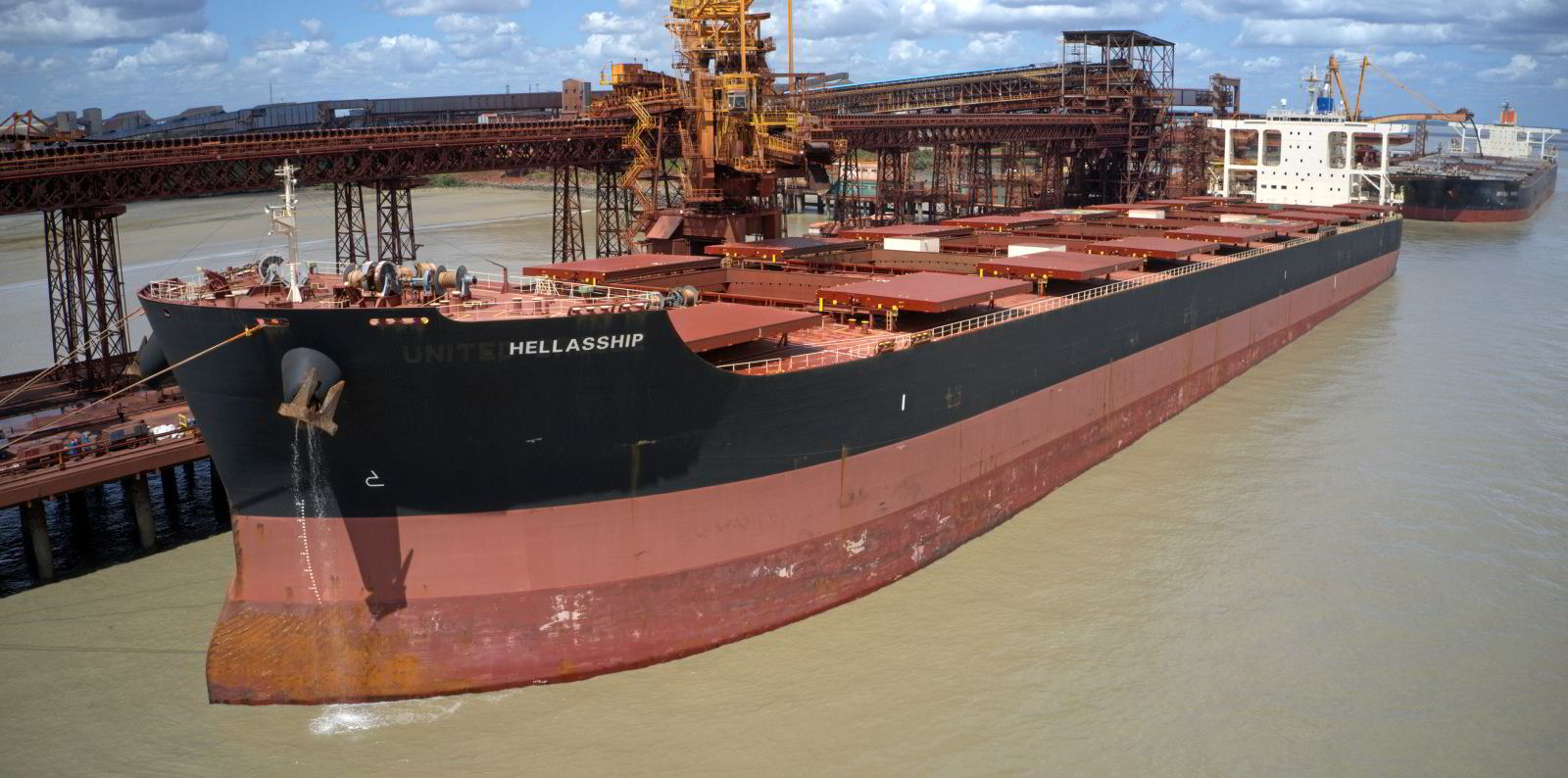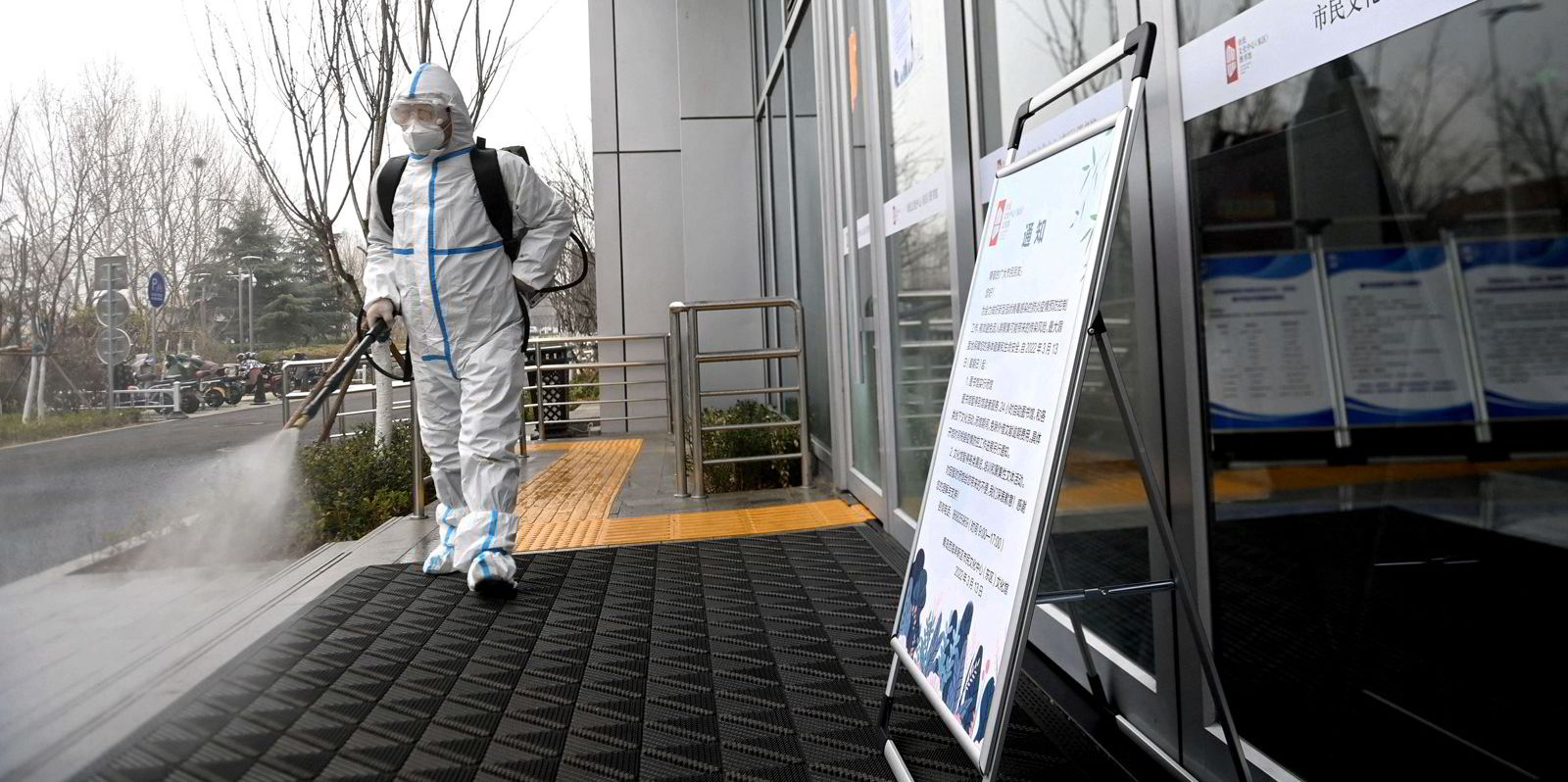Record bulker congestion has driven overall port bottlenecks past the peak of 2021, Clarksons Research has revealed.
Disruption to global logistics and supply chains remains widespread, the UK research company added.
Managing director Steve Gordon said the Ukraine conflict and new Covid-19 lockdowns in shipping’s biggest market, China, have contributed to further elevated levels of delay.
This continues to boost freight rates, particularly for container vessels.
The ClarkSea Index of major vessel rates hit $41,377 per day on 18 March, just 3% below the 12-year high last October.
“Our earlier expectation that congestion would take some time to unwind has been amplified by the impacts of the Ukraine conflict and the new Covid-19 disruption in China,” Gordon said.
“We also expect the direct and indirect impacts of the Ukraine conflict to create further inefficiencies,” including vessel repositioning, changing trading patterns, stockpiling, sanctions and chartering policies.
Congestion trends at container ship ports remain acute, but it is the bulker sector that has lifted overall congestion beyond 2021’s level.
Increasing inefficiencies meant the bulker congestion index, covering capesizes and panamaxes, reached a record 36.3% of the fleet in ports or at anchorages on 21 February.
Indonesian factor
The average figure is 35% so far this year, up from 32.8% in 2021 and a pre-pandemic average between 2016 and 2019 of 29.7%.
“In particular, early 2022 saw a major increase in bulk carrier port congestion in Indonesia as a result of the country’s ban (now removed) on coal exports introduced at the start of January to shore up domestic supply,” Gordon said.
As of 14 January, 197 bulkers of 14.4m dwt were at major Indonesian coal load ports, up from 122 at the start of the year.
Port congestion related to car carriers has also reached a record high, with the level of capacity in and around port standing at 28.1% on 16 March, compared with a 2021 average of 25% and a pre-pandemic figure of 22.7%.
Ukraine and China have an effect
The Clarksons containership port congestion index rose to 35.2% on 16 March from 33.7% a month earlier, impacted by operational knock-on effects from the Russia-Ukraine conflict such as delays due to customs inspections, and new lockdowns in China.
This compares with a pre-pandemic average from 2016 to 2019 of 31.3%.
But the figure remains below the October 2021 peak of 37.5%.
Key congestion “hotspots” across the container network this year include the US, China and northern Europe, Clarksons Research said.
On the US east coast, capacity at port totalled 900,000 teu on 16 March, up by 24% from the start of the year.
In China, capacity at port totalled 2.2m teu on 16 March, up 18% since the start of the month.
In the UK and Europe, the figure was 1.2m teu, up 18% from 24 February.






